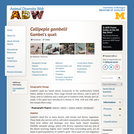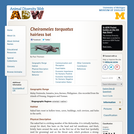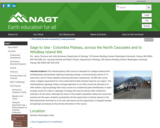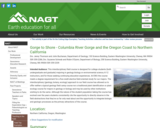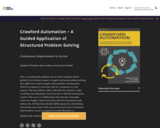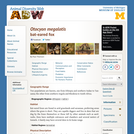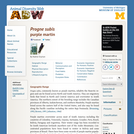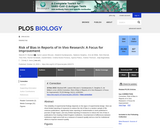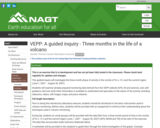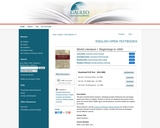This is an exercise that is in development and has not yet been fully tested in the classroom. Please check back regularly for updates and changes.
This guided inquiry will investigate the three month phase of activity in the vicinity of Pu`u `O`o and the summit region (June 1, 2007 -- August 30, 2007).
Students will examine already prepared monitoring data derived from the VEPP website (GPS, tilt and seismic), and, with guidance, discover what other information is available to understand and speculate on the nature of the activity, including webcams, videos, still images, maps, and press releases.
Full length description:
Prior to doing this introductory laboratory exercise, students should be introduced to the basic instruments used in volcano monitoring. Before class, students will be provided with an assignment to reinforce their understanding about the techniques used in volcano monitoring.
During lab, students (in small groups) will be provided with the data files from a three month period of time in the vicinity of Pu`u `O`o and the summit region (June 1, 2007 -- August 30, 2007) (GPS, RSAM and Tilt) at the start of the exercise. The data files are provided under Instructor Materials below.
A worksheet will be provided to the students to guide them through the initial investigation of the graphs. Example questions include: What is the data showing in each of the graphs? Are there any specific events that are evident in your graph? As a group, can you determine if the events seen in one graph correlate to events seen in any of the other graphs? A discussion of what data the graphs are illustrating will be facilitated by the instructor.
Once students have examined and understand what the data is showing, they will propose hypotheses to explain the observed data trends and correlations. Through just-in-time teaching (JiTT), students will be provided with or guided to further information that may assist them in discovering the nature of the activity. For example, they can request to see maps, videos, webcams, and images of the area during the three-month period spanned by the exercise.
Materials for implementing this laboratory are provided for instructors and students (forthcoming).
(Note: this resource was added to OER Commons as part of a batch upload of over 2,200 records. If you notice an issue with the quality of the metadata, please let us know by using the 'report' button and we will flag it for consideration.)
